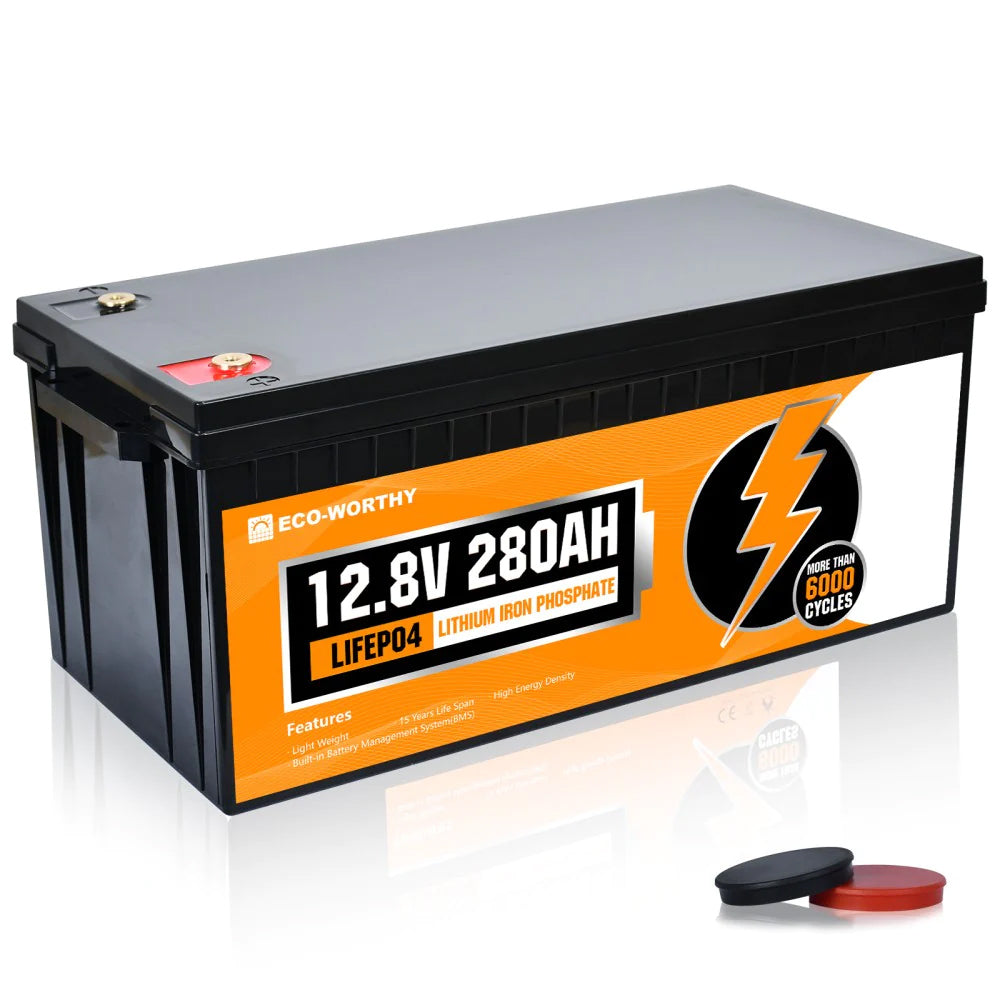In recent years, lithium batteries have emerged as a cornerstone of modern energy storage solutions. Their ability to store and release energy efficiently has made them indispensable in various applications, particularly in the realm of renewable energy. But what exactly makes these batteries so revolutionary?

Understanding Lithium Batteries
Lithium batteries are rechargeable energy storage devices that utilise lithium ions as a key component of their electrochemistry. Unlike traditional lead-acid batteries, lithium batteries offer higher energy density, longer cycle life, and reduced self-discharge rates. This means they can store more energy in a smaller space and can be recharged many times without significant degradation.
Key Advantages of Lithium Batteries
- High Energy Density: Lithium batteries can store more energy per unit weight compared to other battery types.
- Long Lifespan: They typically last longer, with many models offering over 2000 charge cycles.
- Fast Charging: Lithium batteries can be charged quickly, making them ideal for applications requiring rapid energy replenishment.
- Low Maintenance: These batteries require minimal upkeep, reducing the overall cost of ownership.
The Role of Lithium Batteries in Renewable Energy
As the world shifts towards sustainable energy sources, lithium batteries play a crucial role in enhancing the viability of renewable energy systems. They enable the storage of energy generated from solar panels and wind turbines, which can be intermittent. By storing excess energy during peak production times, these batteries ensure a steady supply when generation is low.
Applications in Renewable Energy
How are lithium batteries being utilised in renewable energy systems? Here are some notable applications:
- Solar Energy Storage: Homeowners can use lithium batteries to store solar energy for use during the night or cloudy days.
- Electric Vehicles: The automotive industry relies heavily on lithium batteries to power electric vehicles, reducing reliance on fossil fuels.
- Grid Stabilisation: Utilities use large-scale lithium battery systems to balance supply and demand, enhancing grid reliability.
Future Prospects of Lithium Batteries
The future of lithium batteries looks promising, with ongoing research aimed at improving their efficiency and sustainability. Innovations such as solid-state batteries and recycling technologies are on the horizon, potentially addressing current limitations and environmental concerns.
As we continue to embrace renewable energy solutions, the demand for efficient energy storage will only increase. Investing in  can be a wise decision for both consumers and businesses looking to harness the power of clean energy.
can be a wise decision for both consumers and businesses looking to harness the power of clean energy.
Conclusion
In conclusion, lithium batteries are not just a technological advancement; they represent a fundamental shift in how we approach energy storage and consumption. As we move towards a more sustainable future, understanding and utilising these batteries will be essential in revolutionising our energy systems.














